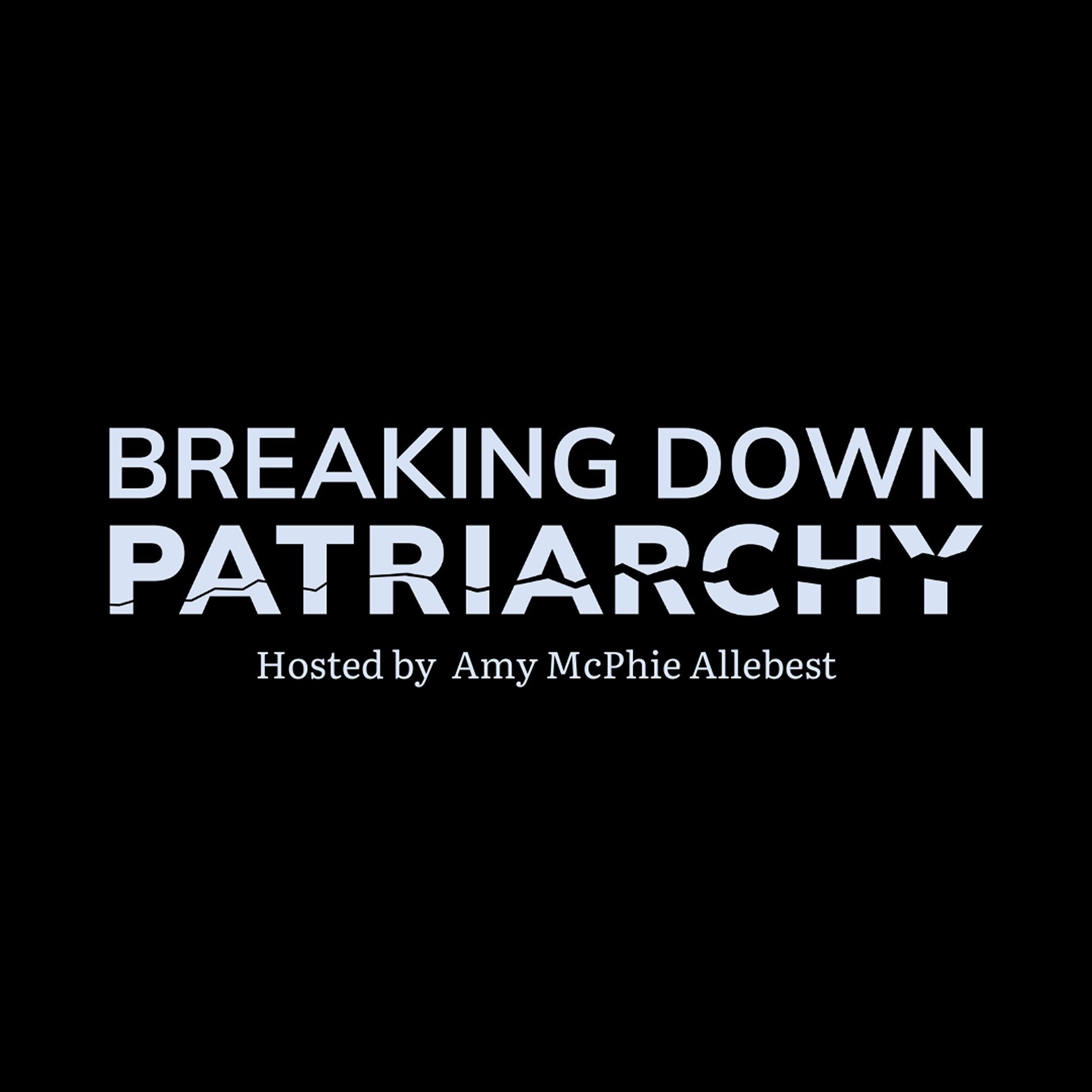Episode 4
The Creation of Patriarchy, by Gerda Lerner, Part 2
Published on:
29th December, 2020
Amy is joined by guest Sherri Crawford to conclude their discussion of The Creation of Patriarchy by Gerda Lerner. This episode is Part Two of Two and covers topics spanning from Hebrew civilization through Aristotle and Ancient Greece.
Sherrie Crawford was born in Utah, the fifth of six children, and grew up in Arizona. She graduated from BYU-Idaho with a degree in Social Work, and completed a Master’s degree in Social Work from Boise State University. She is an elementary school counselor, and lives in Idaho with her husband and four children. Sherrie enjoys spending time with her family and friends, hiking, nature, adventures, learning, and any time spent in any body of water.


